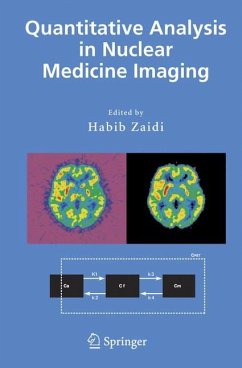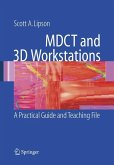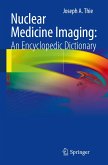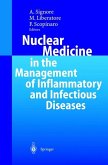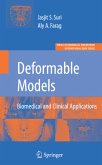This book provides a review of image analysis techniques as they are applied in the field of diagnostic and therapeutic nuclear medicine. Driven in part by the remarkable sophistication of nuclear medicine instrumentation and - crease in computing power and its ready and inexpensive availability, this is a relatively new yet rapidly expanding field. Likewise, although the use of nuclear imaging for diagnosis and therapy has origins dating back almost to the pioneering work of Dr G. de Hevesy, quantitative imaging has only recently emerged as a promising approach for diagnosis and therapy of many diseases. An effort has, therefore, been made to place the reviews provided in this book in a broader context. The effort to do this is reflected by the inclusion of introductory chapters that address basic principles of nuclear medicine instrumentation and dual-modality imaging, followed by overview of issues that are closely related to quantitative nuclear imaging and its potential rolein diagnostic and therapeutic applications. A brief overview of each chapter is provided below. Chapter 1 presents a general overview of nuclear medicine imaging physics and instrumentation including planar scintigraphy, single-photon emission computed tomography (SPECT) and positron emission tomography (PET). Nowadays, patients' diagnosis and therapy is rarely done without the use of imaging technology. As such, imaging considerations are incorporated in almost every chapter of the book. The development of dual-modality - aging systems is an emerging research field, which is addressed in chapter 2.
From the reviews:
"This book represents a timely tool, as it provides a general framework for understanding the basis of most quantitative approaches to NM imaging and for appreciating their pros and cons. ... overall this book is easy to read, clear and stimulating. It can be recommended to all imaging professionals (NM physicians, residents and fellows, as well as physicists and engineers) who seek an authoritative guide that will enable them to keep up to date with the 'hard' quantitative aspects of NM ... ." (Mario Quarantelli and Anna Prinster, European Journal of Nuclear Medicine & Molecular Imaging, Vol. 34, 2007)
"This book is intended primarily for physicists, physicians, imaging scientists, and graduate students who wish to obtain a high level of knowledge of image processing and analysis methods applied to quantitative nuclear medicine imaging in diagnosis and therapy. ... an excellent and up-to-date reference on advanced quantitative analysis methods applied to both single-photon and PET imaging. ... The book could also be used as a stand-alone text for a course on advanced topics in nuclear medicine imaging. I recommend this book ... ." (William D. Erwin, The Journal of Nuclear Medicine, Vol. 48 (8), 2007)
"This book represents a timely tool, as it provides a general framework for understanding the basis of most quantitative approaches to NM imaging and for appreciating their pros and cons. ... overall this book is easy to read, clear and stimulating. It can be recommended to all imaging professionals (NM physicians, residents and fellows, as well as physicists and engineers) who seek an authoritative guide that will enable them to keep up to date with the 'hard' quantitative aspects of NM ... ." (Mario Quarantelli and Anna Prinster, European Journal of Nuclear Medicine & Molecular Imaging, Vol. 34, 2007)
"This book is intended primarily for physicists, physicians, imaging scientists, and graduate students who wish to obtain a high level of knowledge of image processing and analysis methods applied to quantitative nuclear medicine imaging in diagnosis and therapy. ... an excellent and up-to-date reference on advanced quantitative analysis methods applied to both single-photon and PET imaging. ... The book could also be used as a stand-alone text for a course on advanced topics in nuclear medicine imaging. I recommend this book ... ." (William D. Erwin, The Journal of Nuclear Medicine, Vol. 48 (8), 2007)

